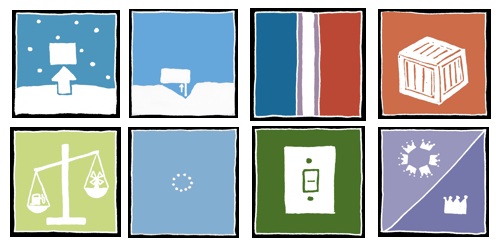 The South Pole Station
The South Pole Station 
The current power station is partly buried, conected to the elevated station by a underground passage. Cables bringing power to the research laboratories are hidden below the snow.
The plant can produce up to one Megawatt of power using the four 3512b Caterpillar diesel engines, before this iteration of the power plant the station used three 3412 Caterpillar engines.
The station uses JP-8 jet fuel normally only reserved for military purposes due to its stability at different temperatures. The most desirable quality of it, for the south pole station, is that it will not become gelatinous at low temperatures.
9 fuel tanks in the station hold 950000 liters of fuel. The fuel is delivered like all things brought to the station by plane.
9 fuel tanks in the station hold 950000 liters of fuel. The fuel is delivered like all things brought to the station by plane.


No comments:
Post a Comment